Full Automatic Constant Pressure Variable Frequency Water Supply Equipment is a new generation of hi...
See DetailsInnovations and Applications of Self-Priming Sewage Water Pumps in Modern Wastewater Management
Industry News-The rapid urbanization and industrial expansion across the globe have significantly increased the demand for efficient wastewater management solutions. Among various technologies in this domain, the Self-Priming Sewage Water Pump has emerged as a critical asset for municipal and industrial wastewater treatment, ensuring reliable and effective sewage handling.
Understanding Self-Priming Sewage Water Pumps
Self-priming sewage water pumps are specialized centrifugal pumps designed to handle sewage, sludge, and wastewater containing solids or fibrous materials. Unlike conventional pumps that require manual priming before operation, these pumps possess the ability to evacuate air from the suction line autonomously. This self-priming capability allows them to restart quickly even after air pockets form, eliminating the need for continuous manual intervention and enabling efficient operation in challenging environments.
Typically constructed with durable materials such as cast iron, stainless steel, or high-grade polymers, these pumps ensure resistance to corrosion and abrasion caused by the harsh constituents in sewage water. Their robust build guarantees longevity and maintenance, crucial for the demanding nature of sewage pumping.
Key Technological Advances
Recent years have witnessed significant technological innovations that have elevated the performance of self-priming sewage water pumps:
Enhanced Impeller Design: Modern pumps feature vortex or semi-open impellers that minimize clogging by allowing larger solids and fibrous materials to pass through without damaging the pump internals. This design improvement significantly reduces downtime and maintenance costs.
Improved Sealing Systems: Advanced mechanical seals and gland packing systems have been developed to prevent leakage and improve pump reliability in sewage applications. These seals are tailored to withstand abrasive and corrosive wastewater, extending service intervals.
Energy Efficiency: With increasing emphasis on sustainability, manufacturers are focusing on designing pumps that optimize hydraulic performance while reducing energy consumption. Variable frequency drives (VFDs) are increasingly integrated with self-priming pumps to enable energy-efficient operation by adjusting pump speed according to system demand.
Smart Monitoring and Control: Integration of IoT-enabled sensors and control systems allows real-time monitoring of pump health, flow rates, and operating conditions. This digital transformation facilitates predictive maintenance and reduces unexpected failures.
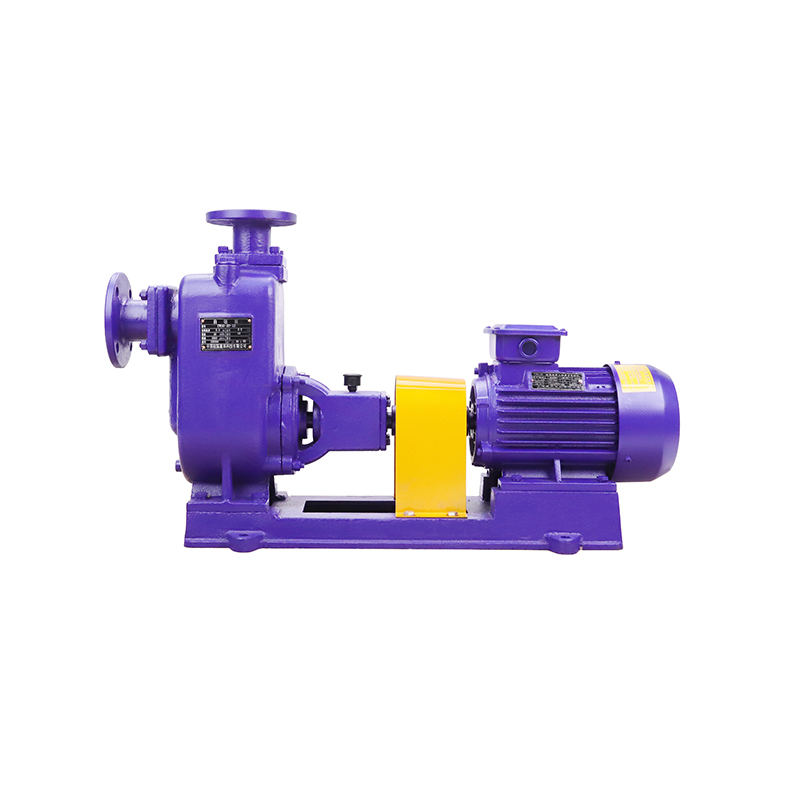
Applications in Wastewater and Sewage Systems
Self-priming sewage water pumps are extensively utilized in various sectors due to their versatility and reliability:
Municipal Sewage Treatment Plants: These pumps are the backbone of sewage lifting stations, effectively transferring raw sewage from collection points to treatment units. Their ability to handle solids reduces the risk of clogging, ensuring uninterrupted wastewater flow.
Industrial Wastewater Management: Factories producing wastewater laden with solids, such as food processing plants, paper mills, and chemical manufacturers, benefit from these pumps to manage effluents safely and efficiently.
Construction and Mining Sites: Temporary sewage management is crucial on construction sites and mining operations. Self-priming pumps provide a portable and reliable solution for dewatering and sewage disposal.
Flood Control and Drainage: In areas prone to flooding, these pumps help in rapid water removal, preventing damage and maintaining sanitary conditions.
Advantages Over Conventional Pumps
Self-priming sewage water pumps offer several distinct advantages:
Ease of Installation and Operation: Their self-priming nature eliminates the need for complex priming procedures, allowing for quick deployment and reduced operational complexity.
Clog-Resistant Design: The pump’s ability to handle solids and fibrous materials reduces clogging risks that commonly plague other pump types.
Cost-Effectiveness: Reduced maintenance, energy-efficient operation, and longer service life translate to lower total cost of ownership.
Flexibility: These pumps can operate in flooded or dry conditions and handle intermittent flow scenarios, making them adaptable to a wide range of applications.
Market Trends and Future Outlook
The global market for self-priming sewage water pumps is witnessing steady growth driven by increasing investments in wastewater infrastructure and stringent environmental regulations. Emerging economies upgrading their sanitation systems and developed nations focusing on modernization projects are fueling demand.


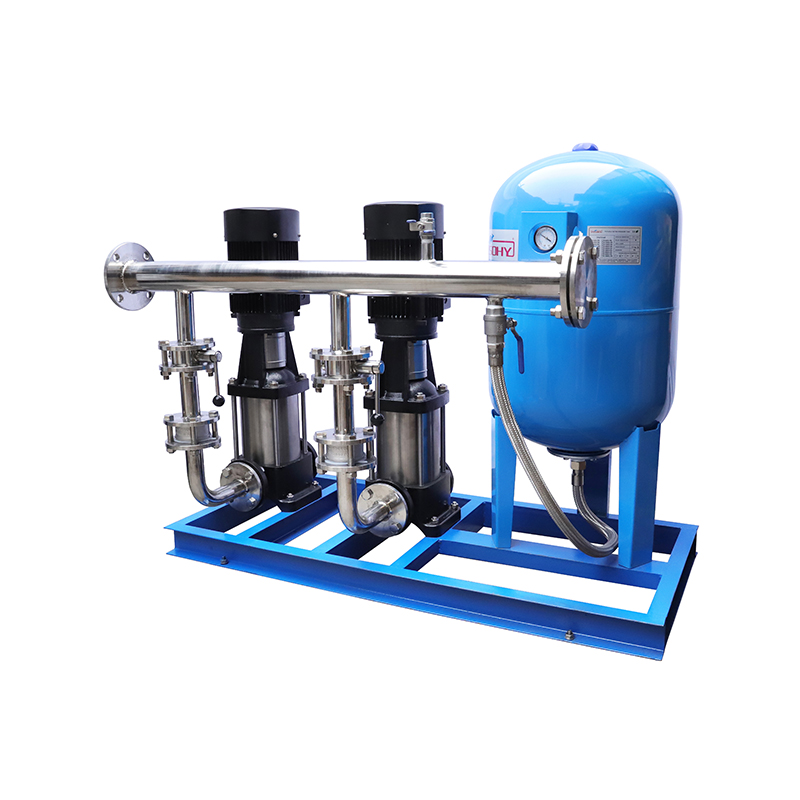
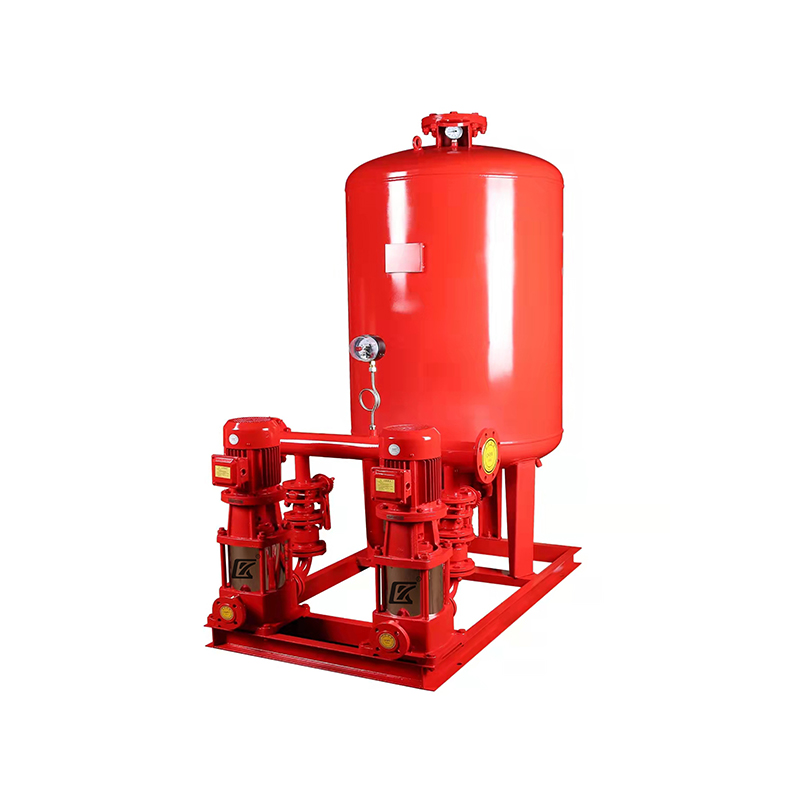
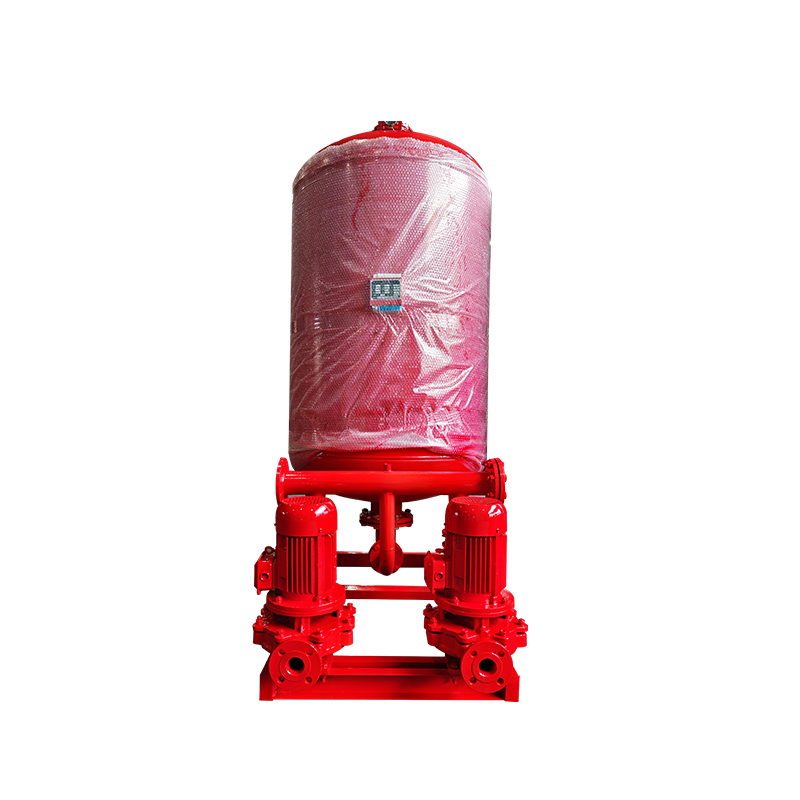

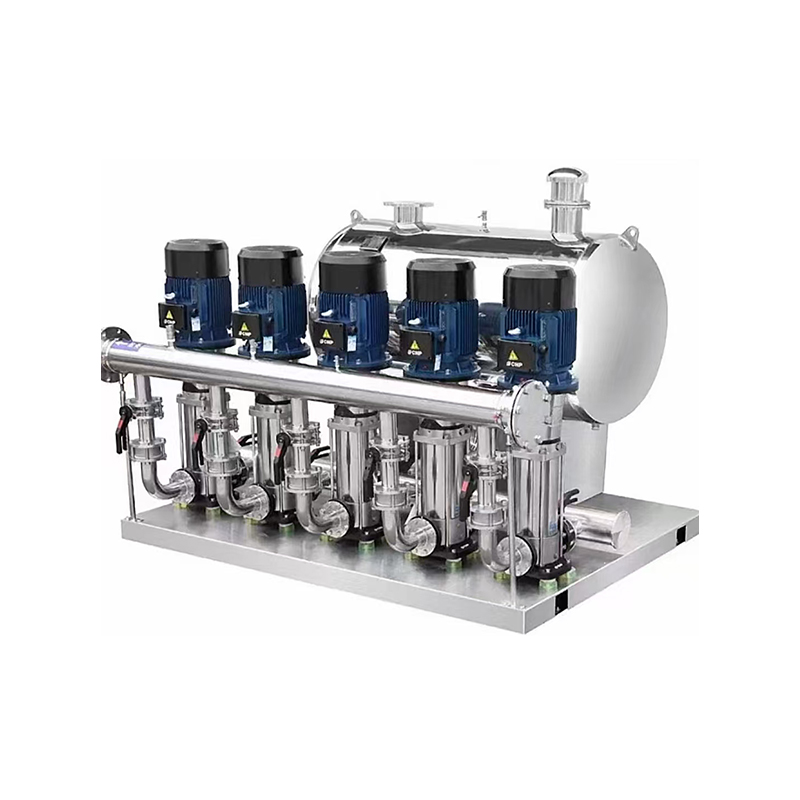
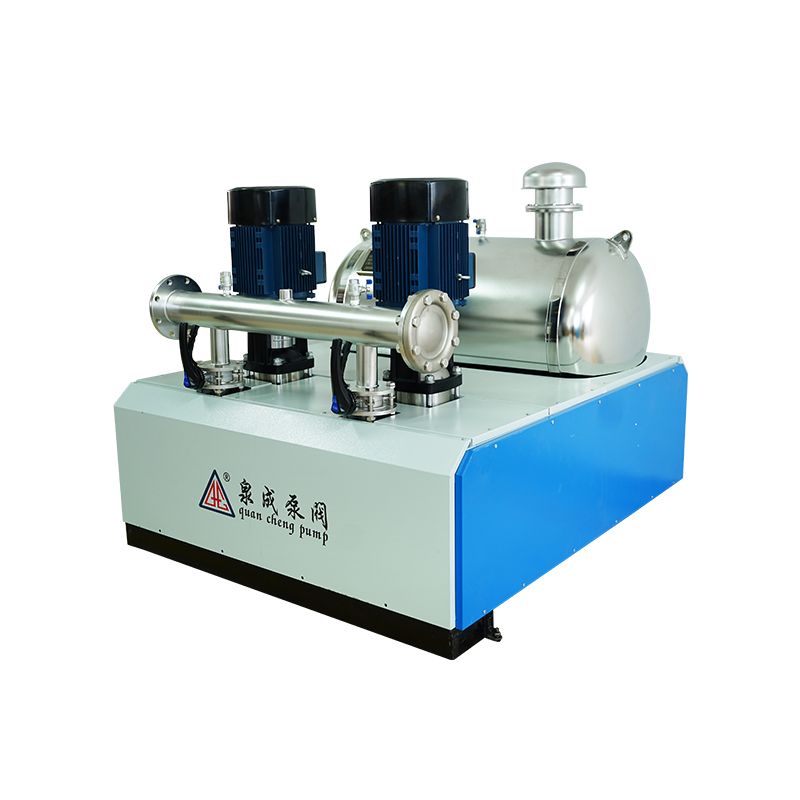
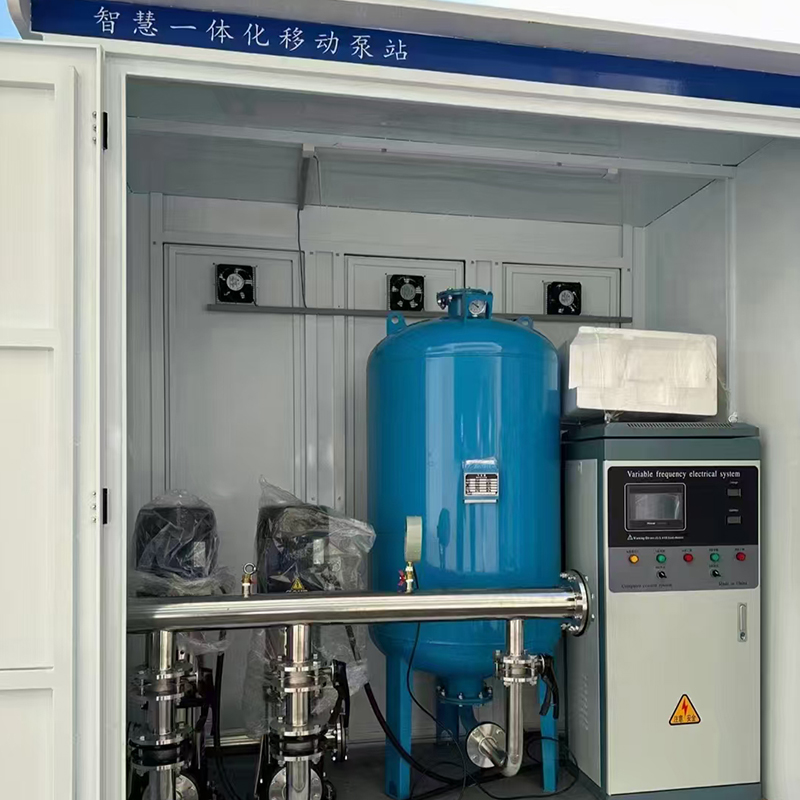

 浙公网安备33032402001888号
浙公网安备33032402001888号
